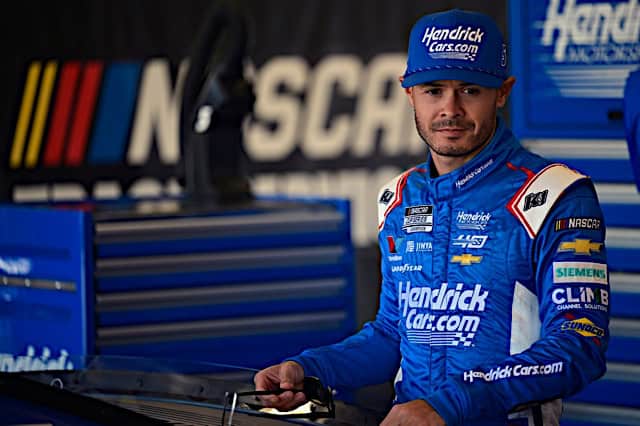1. Don’t Change the Overtime Rules Just to Save Drivers From Themselves
There aren’t many sporting events of any kind that got to five overtimes.
College football is one that comes to mind, but the NCAA changed the rules not long ago to prevent it from happening as often. Baseball games can stretch on quite a bit into extra innings and the occasional NHL playoff game will reach legendary lengths.
NASCAR races don’t tend to get to that point too often, but the current overtime rules make five OTs possible. Indeed, the NASCAR Cup Series race at Nashville Superspeedway this past Sunday (June 30) defied the odds and made it to that point.
It was borderline ridiculous, to be sure. Line them up, watch them spin out or wreck, take a few caution laps and line them up again. Lather, rinse, repeat.
There are some racing fans who are just fine with races ending under yellow, while others prefer a green-flag finish as often as possible. Naturally, that’s led to a “hey, maybe we should look at changing the overtime rules” debate after what just happened.
While all opinions on this issue are valid, here’s what can’t be ignored: Any limit on overtimes in NASCAR would essentially be put in place just to save drivers and teams from their own ill-advised decisions.
All that needs to prevent multiple overtimes is to make it through one clean lap of racing to reach the white flag. That’s a fact that’s sometimes overlooked.
These are some of the best drivers in the world, and there have been plenty of occasions where track conditions or certain rules packages made it appear incidents would be plentiful. They somehow managed to avoid running into each other in many of those spots.
In other words, there’s nothing saying that things like this have to take place.
Another one of the Nashville overtimes was necessitated by Kyle Larson‘s car not going on the restart because it was running on fumes. This, too, could have been avoided.
No one is going to say it in as many words, but any driver or team advocating for a limit on overtimes is essentially saying, “We want to be able to run toward the end without thought of the consequences.”
But that’s not true at any other part of a race, so why should the end be any different?
The overtime rule is just fine the way it is, as it gives the fans who pay to attend or watch on TV the best possible chance of seeing a race end under green. Don’t want that…
Click Here to Read the Full Original Article at …

